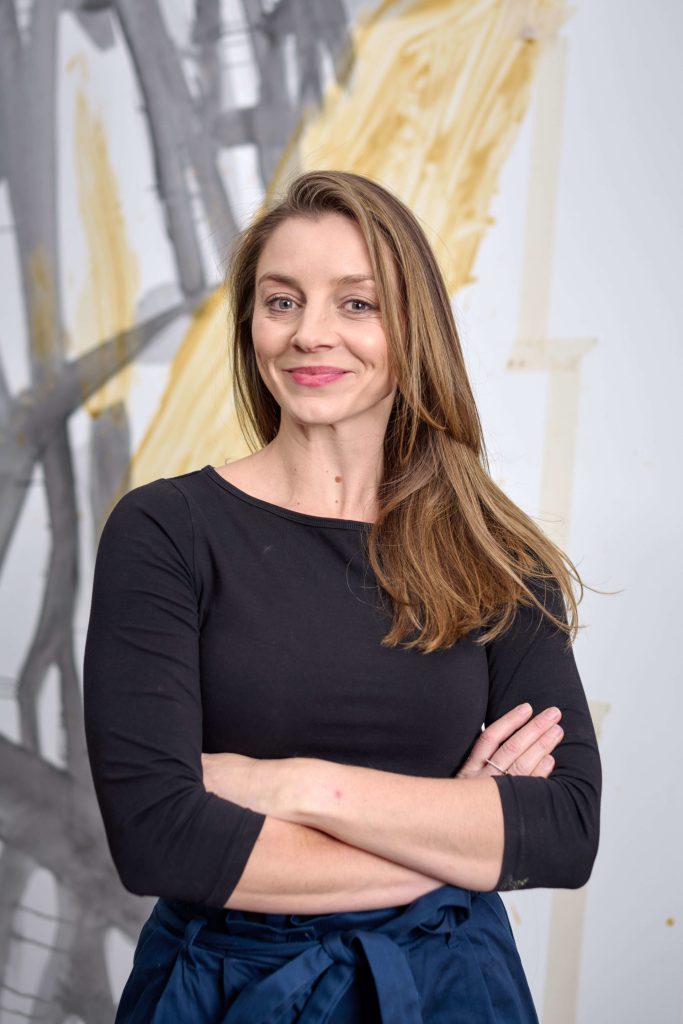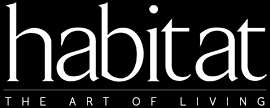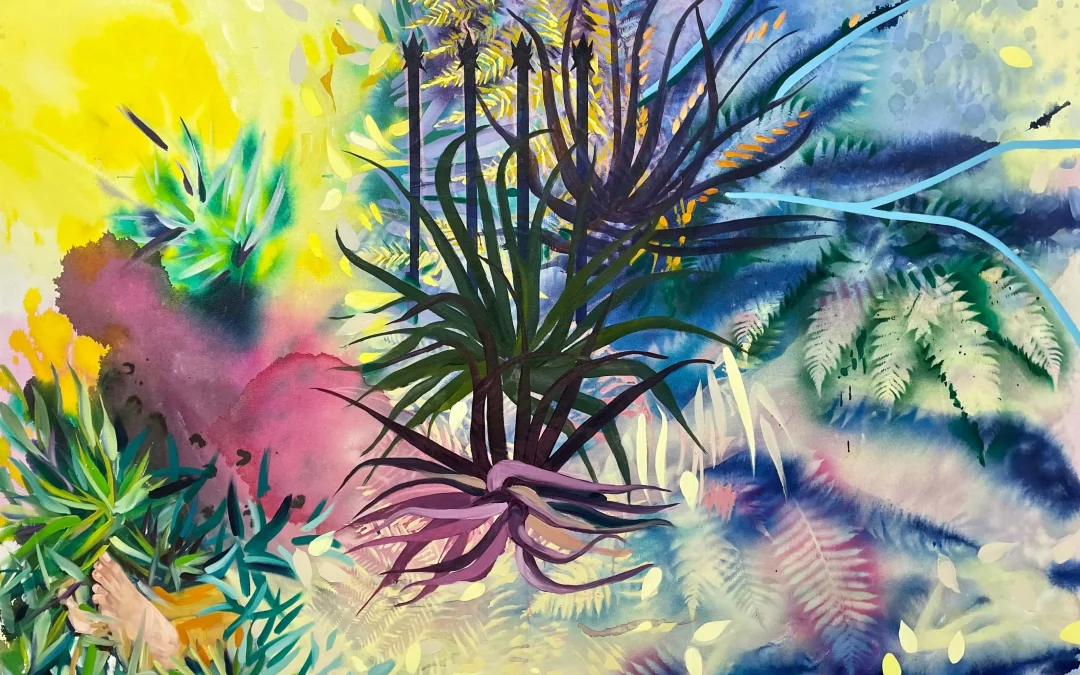In her career, she excelled as a ballet and contemporary dancer and performed with local and international theatre companies before pursuing her studies in the visual arts field. Osso’s artworks deal with the connection between the immediacy of performance and the physicality of painting. She explores movement, the tempo of ritual and the rhythms of everyday life as they present in Johannesburg, South Africa.
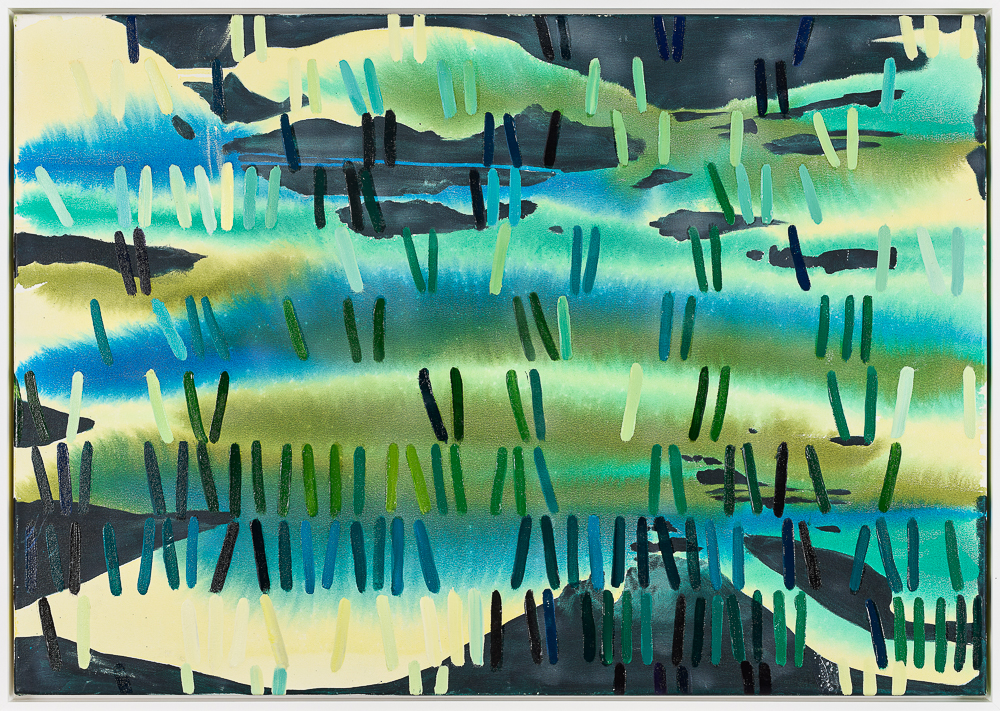
Joburg is a city of many limitations (especially for women and people with disabilities) and Osso’s obsession with the dynamism of movement and mark, within such limitations, became emphasised after her son was diagnosed with epilepsy and cerebral palsy. Lizamore & Associates Contemporary Art Gallery and Consultancy presents Osso’s The Paradise of Normality Solo Exhibition on 21st May ’22 until 12th July ’22 at The Firestation, 16 Baker Street, Rosebank. It is a deeply personal, autobiographical rendering of healing post-trauma.
Osso’s son’s fatal focal seizures meant her family was living in a constant state of emergency. Since her son’s surgery, he has not had one seizure and Tamara’s family found personal reprieve at a time of extreme crisis during the covid pandemic. This ironic twist of events resulted in an exploration of a new state the artist found herself in. She describes it as ‘a type of Nirvana’.
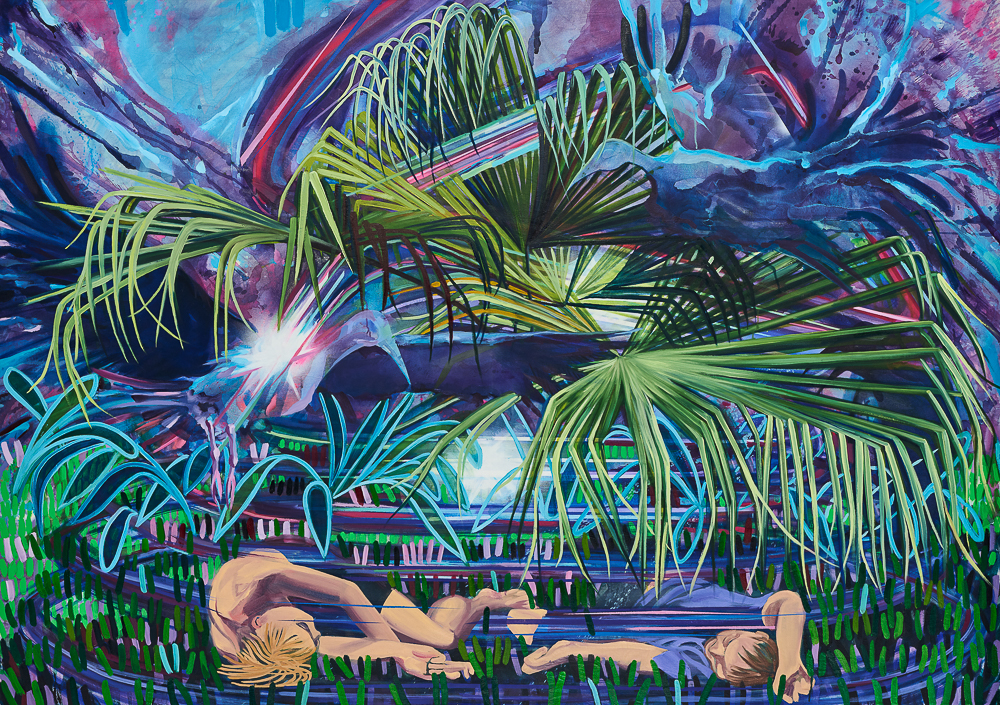
The paintings are a celebratory rendering of their ‘exhale’ as a family. They dialogue with everyday rituals which include walking, playing, sitting, painting and watching. They are a reflection on routine; that it could be consistently repeated instead of interrupted by seizures or traumatic events.
‘My work is about an awareness of the body in space. Movement is a central theme to my process and is ever-present. The tactile act of painting allows this awareness to actualise. I look to find form, through painting, for the rituals and movements that inform my daily life. Painting is both a distancing mechanism as well as a proprioceptive experience, and therefore assists me in reorganising the structure of things over time and helps me to position myself in the world.
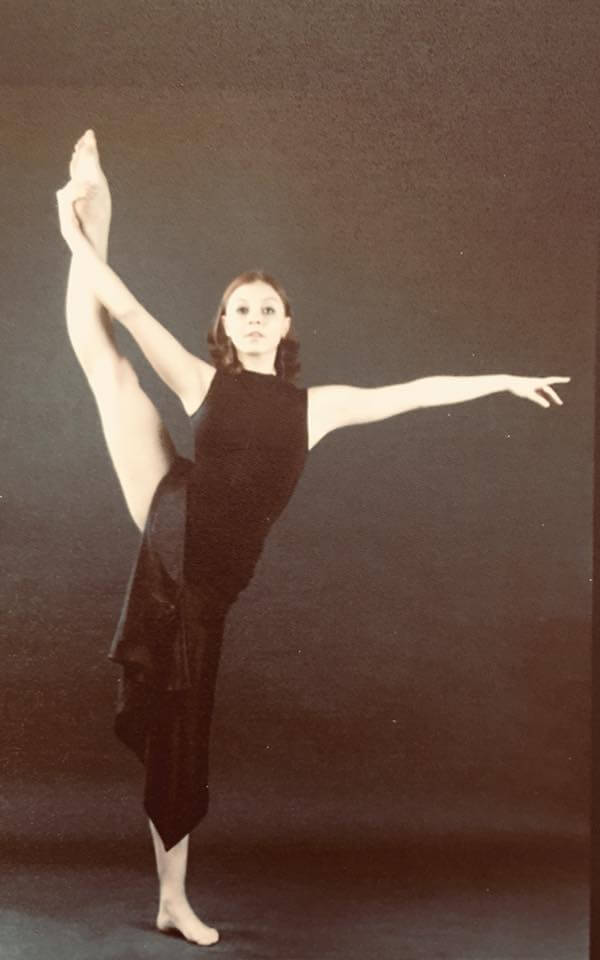
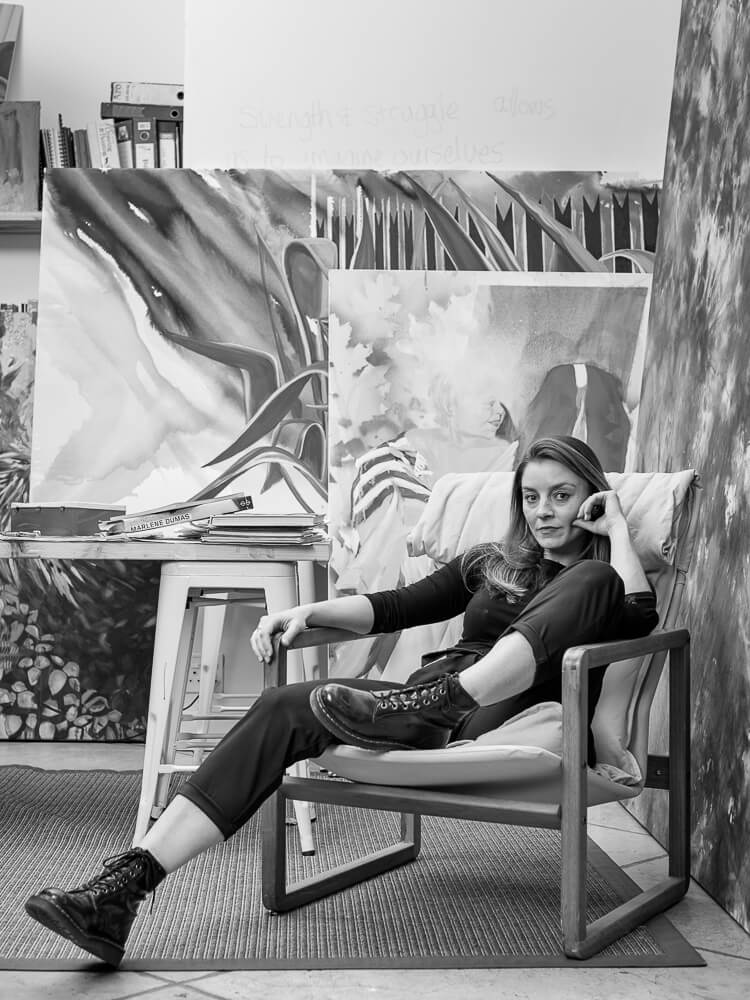
‘The dancer in me revels in such an adaptive process like painting, and my work seeks to translate moments of physical interaction; be they joyous, difficult, or mundane.
‘My interest is in how these moments can be suspended, extended, or revisited.’
‘This concept became the performance for which the paintings began to hold space.
‘The consistency of any ritual forces a dynamic dance between our experience of self and space. To observe and translate what we see is not unusual as artists, but the emphasis here is not about pictures, rather, it is about repair.’
‘I was really experiencing and appropriating material from my immediate environment as I felt the need to visually absorb and experience all the detail. As such, I recognised a relationship developing between my body and my environment.’
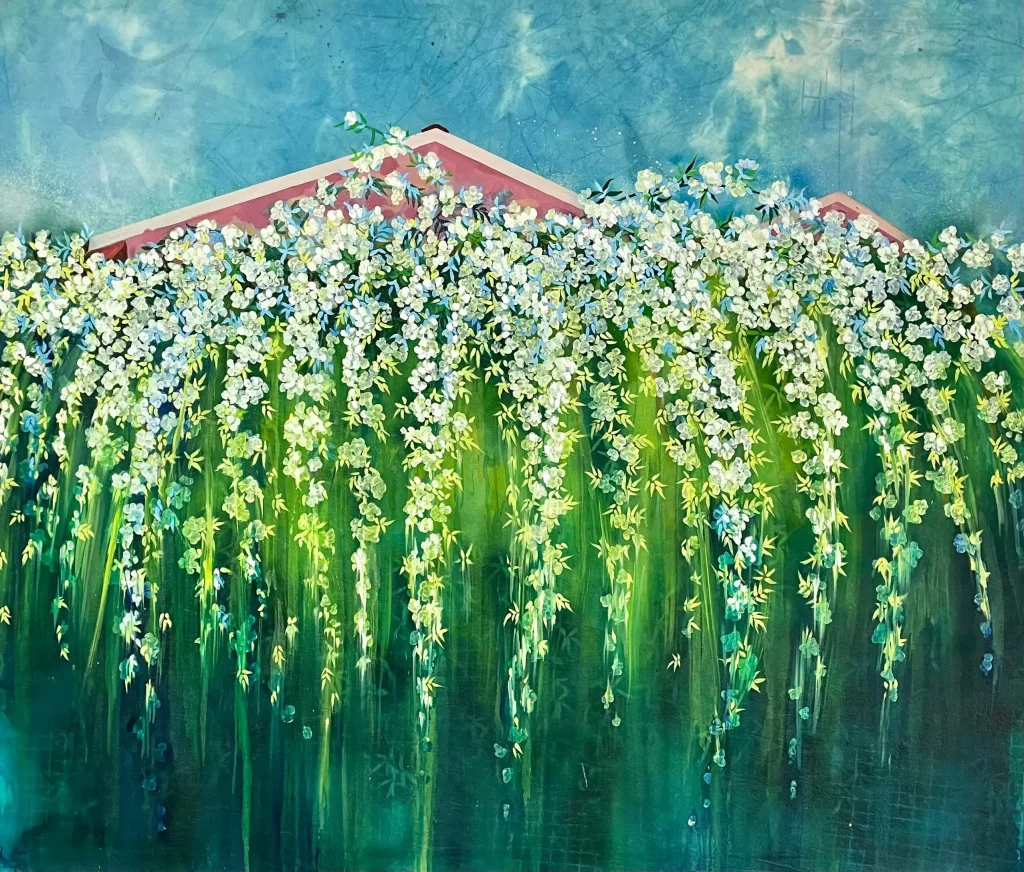
‘The paintings are big and display all living things. I have highlighted the tempos, the dynamism and the rhythms which were performed by the plants, animals and people within the boundaries of home.
‘In his installation and lecture performance series titled Theatrum Botanicum (2015–2018), Uriel Orlow looks to the botanical world as a stage for politics. He explores the vegetal world as an active arena; a medium in itself where he demonstrates how colonial violence is enacted (Orlow, Sheikh, 22 : 2018). I borrow his understanding of the natural world as an active theatre space in order to demonstrate how the performance of healing could occur.
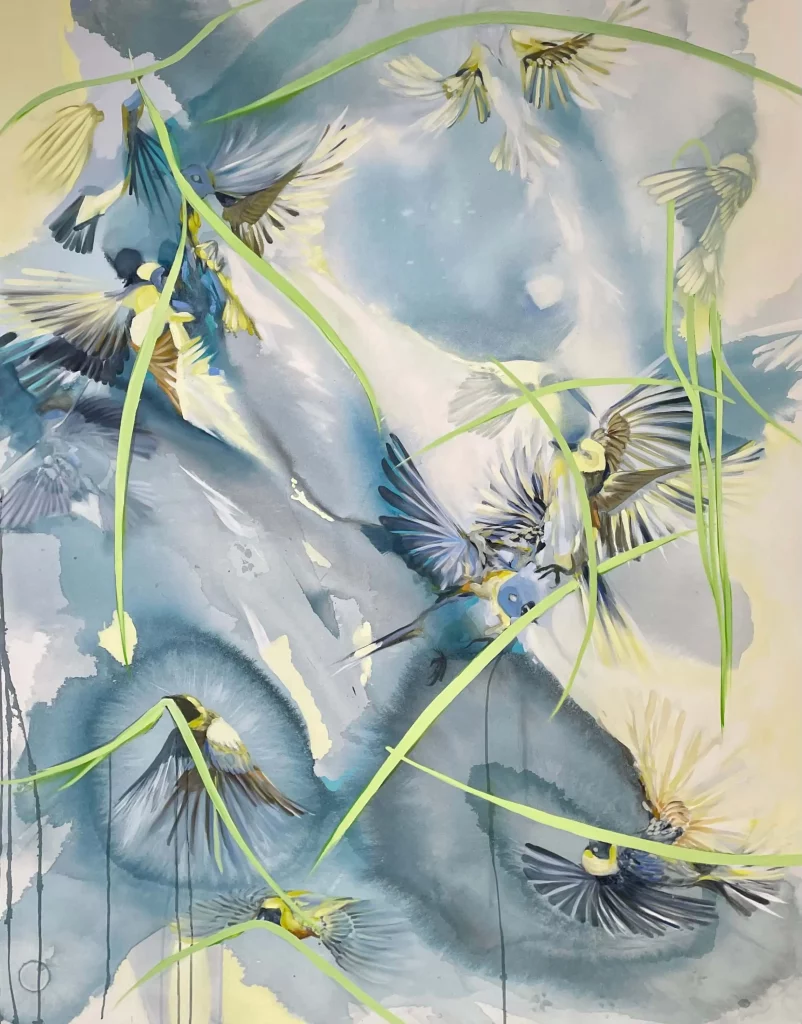
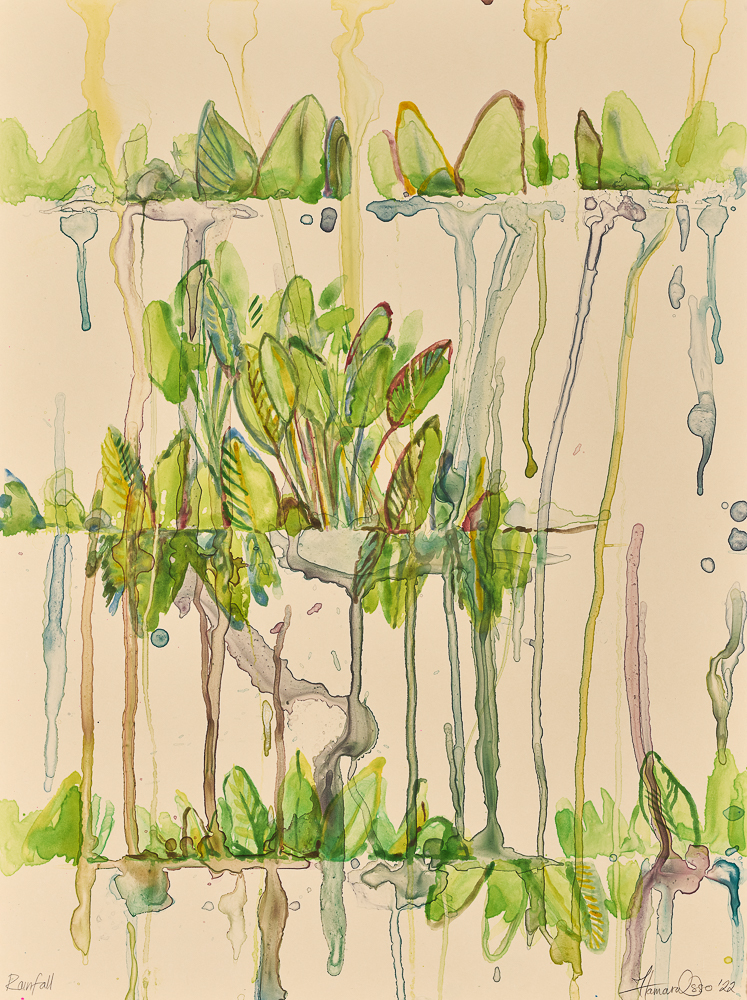
‘Observing and engaging this way with my new, slowed tempo and noticing the varied rhythms in my space (both visual and performed) brought me back into my body and encouraged me to be present.
‘I enjoy pouring paint and allowing the image to slip into focus. I’ve experimented with layered dyes and loud colours that intensify the unbelievable happiness of my reality. This intersection of translating the pace of actual experience and the posthumous rendering of it, is where the tension in my work lives. How can I formalise this complexity? Is it only through painting?
‘The meditative, laborious, difficult and ritualised language that you see will forever speak to a process of healing which took the time to notice the rhythms and varied tempos of life and living.’
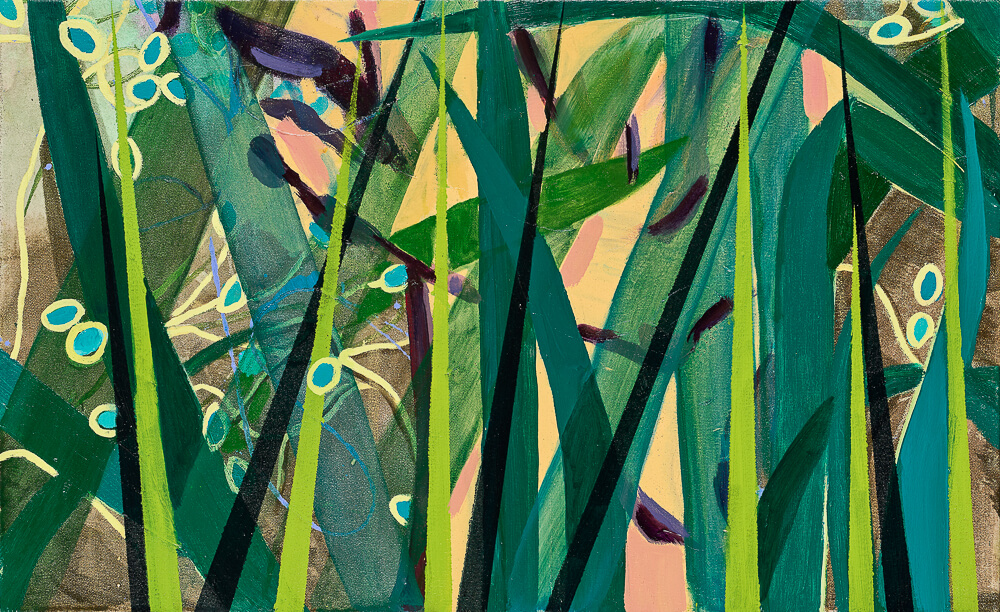
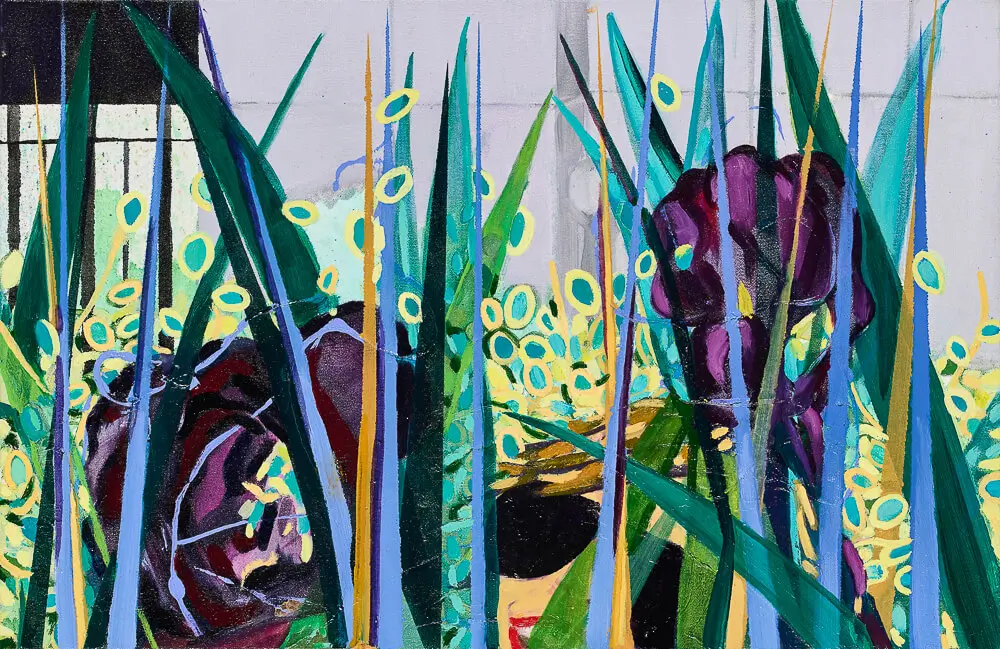
Gratitude and an overarching feeling of relief and happiness permeate these works. They emphasise the simple pleasures of being alive – of feeling lucky to be healthy. ‘Their narrative acknowledges the concept of repair: How to? Should you? When to? Can you? Are you even allowed to take the time?’
These are the questions that have bubbled to the surface after an intense physical exploration and they direct the artist into further inquiry around issues of healing through making, language, inclusivity, touch, the environment and performance.
Visit Tamara Osso’s site for more details here
